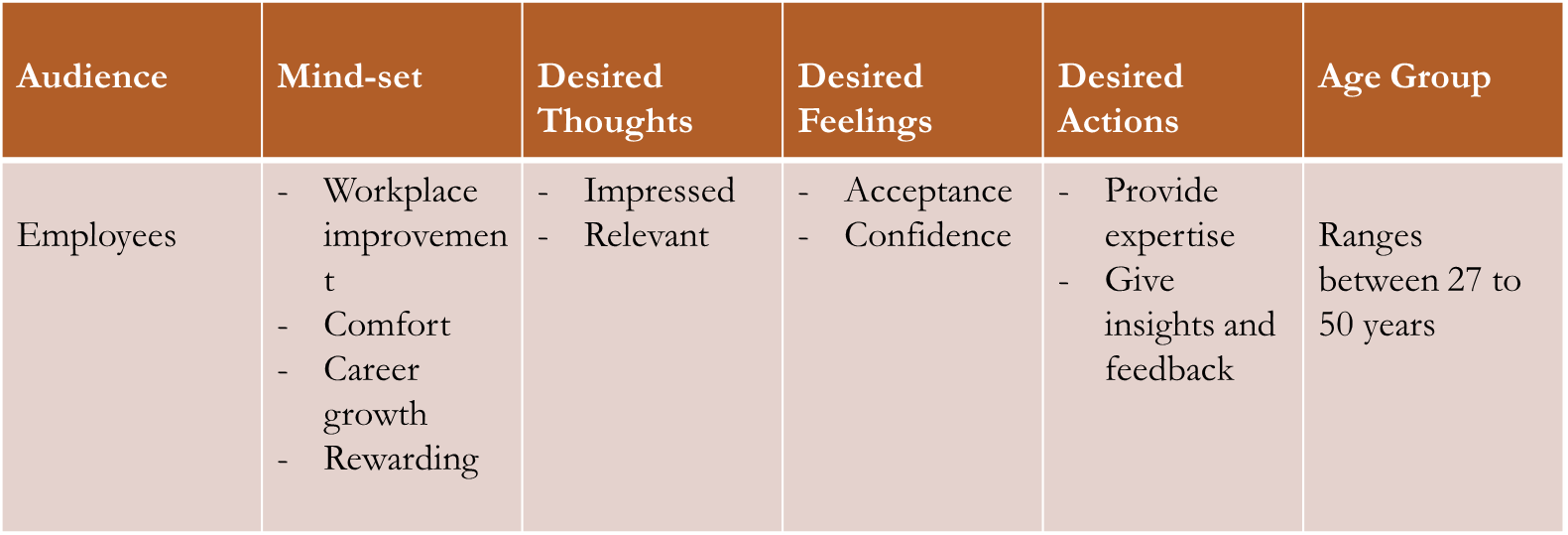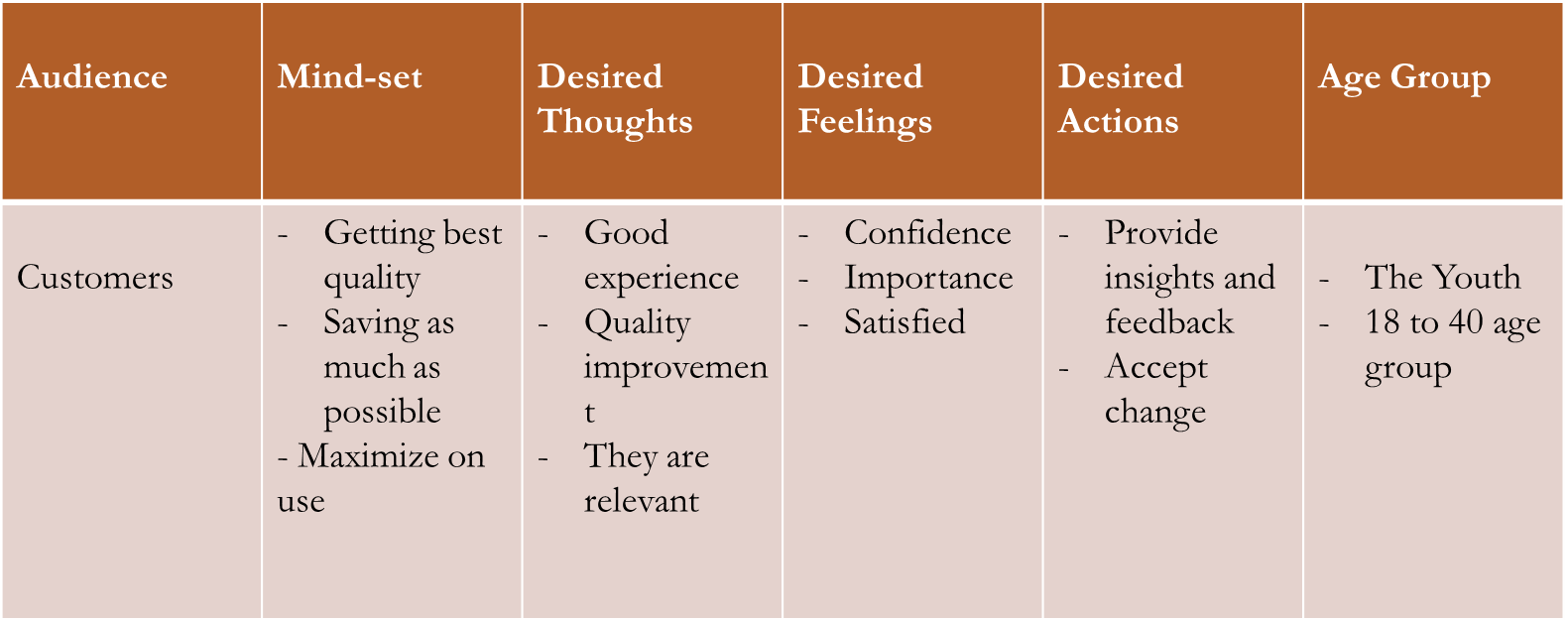A good communication plan is essential in implementing organizational change as it influences the attitudes of various stakeholders. It lays the ground for change management (Yap et al. 2017).
This document is a communication plan that contains the objectives, target audience, procedures, forms, and evaluation of the communication plan.
Objectives of the Communication Plan
- Inform;
- Provide the stakeholders with the information about the project needs;
- Explain the project budget to the stakeholders;
- Inform the stakeholders of the project’s timeline.
- Educate;
- Educate the stakeholders of the need of the project;
- Educate the stakeholders of the expected change ((Singh & Williams 2021);
- Provide information on the project’s roadmap;
- Offer insights on any decision that need to be made;
- Gather opinion
- Give structure opportunities for suggestions from various stakeholders;
- Provide room for feedback from involved parties:
- Gather financial support;
- Gather expertise support.
- Seek Cooperation
- Gain acceptance of the project by main stakeholders;
- Gain the required support needed for the project; finances, labor, and other resources.
Target Audience



Procedures for Sharing the Communication Plan
Communicate to the management before involving other stakeholders in the process. Use a hierarchy (top-down) communication procedure. Effective communication allows leaders to have an influence on employees. Clear understanding of goals and expectations.
Frequency and Forms of Communication
Various means of communication to be used to deliver messages to different audience. Regular communications on various issues through different forms.
- Email:
- Email is the most effective way used for communication within an organization (Yap et al. 2017).
- Use email to communicate the message to the management and employees in the organization.
- Management shall be the main recipients of the email then copied to other employees.
- Stakeholders Meeting:
- Meetings are most beneficial as they allow communication with the verbal and non-verbal cues (Singh & Williams 2021).
- Stakeholders have a one-on-one interaction with the project manager increasing the chances for feedback and clarification;
- While conducting a physical stakeholder’s meeting, one can easily convince the audience (Singh & Williams 2021);
- We shall hold a stakeholder meeting to deliver the message to the employees and management of the organization.
- Newsletters and Memo:
- Newsletters are used by business organizations to share information of relevant activities happening within the organization to customers (Fisher et al., 2020).
- Newsletters can be distributed on a printed form or electronic form which allows access to a specific group of customers’ inbox.
- Usage of both printed and electronic newsletters to communicate with customers.
- Memo:
- A memo is a summarized report used in business communication, internally and externally (Fisher et al., 2020).
- Print a memo on a newspaper and post it on the blackboard for effective communication.
Evaluation of the Communication Plan
Various KPIs to evaluate the effectiveness of the communication plan.
- Response rate
- The stakeholders should respond to the message delivered if the communication plan is effective. They should provide feedback and opinion (Zuo et al., 2018). Also, they should offer the assistance requested through various communication channels.
- Type of response
- How the stakeholders react to the communication is essential in determining the effectiveness of the communication plan (Zuo et al., 2018).
- If employees and other stakeholders become the project’s ambassadors, it means the communication is effective and the vice versa is true.
- The stakeholders provide the required support if the communication plan was effective
- Conducting Surveys:
- Surveys are a good method to measure the effectiveness of a communication (Zuo et al., 2018).
- Provision of survey questions to employees with relevant questions about the project.
- Conduct ingonline surveys for customers by email.
References
- Fischer, M., Imgrund, F., Janiesch, C., & Winkelmann, A. (2020). Strategy archetypes for digital transformation: Defining meta objectives using business process management. Information & Management, 57(5), 103262.
- Singh, H., & Williams, P. S. (2021). A Guide to the Project Management Body of Knowledge: PMBOK (®) Guide. Project Management Institute.
- Yap, J. B. H., Abdul-Rahman, H., & Chen, W. (2017). Collaborative model: Managing design changes with reusable project experiences through project learning and effective communication. International Journal of Project Management, 35(7), 1253-1271.
- Zuo, J., Zhao, X., Nguyen, Q. B. M., Ma, T., & Gao, S. (2018). Soft skills of construction project management professionals and project success factors. Engineering, Construction and Architectural Management.